Emerald Tree Boa belongs to the Boidae family.
Origin:
These snakes can be found in the rain forests of northern South America. They live in the Amazon from Venezuela through Brazil and into northern Bolivia.
Size and Longevity:
The average size of an Emerald Tree Boa is 4 – 6 feet long and has been seen to be up to 10 feet long in the right conditions. Their life span is between 15 and 25 years.
General Description:
The Emerald Tree Boa does well in captivity but has been known to be unpredictable. Like most snakes, boas are nocturnal, hiding during the day time and coming out at night. These snakes are solitary animals and are normally only found together during mating season.
This snake’s colors are green with a white, or sometimes blue, band on it’s back. They are known for hanging, curled up, from tree limbs for long periods of time.
It is suggested to wait a few days after moving an Emerald Tree Boa before handling it. This gives them an opportunity to get used to the new environment which will ease their stress and make them easier to deal with.
Habitat and Cage:
Emerald Tree Boas climb a lot and therefore need many limbs or other places that allow them to get up off the ground. The general rule is that the enclosure should be no less than two-thirds of the snakes full length, but with these boas it’s typically better to get a taller cage rather than a wide one.
Some type of substrate needs to be provided, which is generally aspen shavings or newspaper. For the Emerald Tree Boa it may be more convenient to get a moisture-retaining substrate to allow a more humid environment. Never use any type of pine in the enclosure because the oils from pine are toxic to snakes. The terrarium should be set up so there is a hot end (80°-82°F) and cool end (75° – 78°F). The temperature should not be allowed to drop below 75°F or be raised above 95°F at any time. There should be a hiding spot in both temperature zones for the snake. Not providing adequate hiding areas can lead to stress on the snake which can cause health problems and a shorter life span.
Boas live in hot and humid areas; therefore their cages should imitate this environment. The humidity for an Emerald Tree Boa should be kept between 80 and 90%. A water bowl that is big enough for the snake to coil inside of must be provided. The water is necessary for the snake’s survival and will help maintain the humidity of the enclosure.
These snakes do not need any special lighting, but they will need approximately 12 hours of light and 12 hours of darkness each day to simulate their natural environment. Almost any type of light will work including a regular light bulb or the natural light.
Feeding:
Young boas need to eat once a week while adults only need to eat once a month. Over feeding (power feeding) can lead to long term health problems and a shorter life span. Small food sources include mice, birds, bats, lizards and amphibians. Larger food sources are rats, rabbits, guinea pigs, and chickens. The meal provided should be approximately the size of the largest part of the snake’s body. During a shed cycle a snake may refuse to eat, but once the shed cycle is over the snake should go back to eating as normal.
Handling a snake too soon after eating can induce regurgitation and is not recommended for at least 2 days. It takes approximately 4 to 6 days to completely digest food depending on the size of the prey and the temperature it is in.
Only logged in customers who have purchased this product may leave a review.


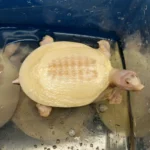
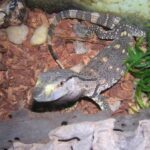
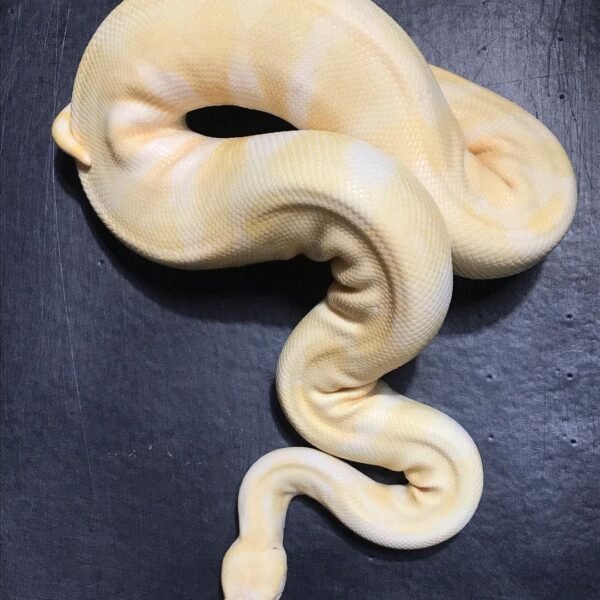



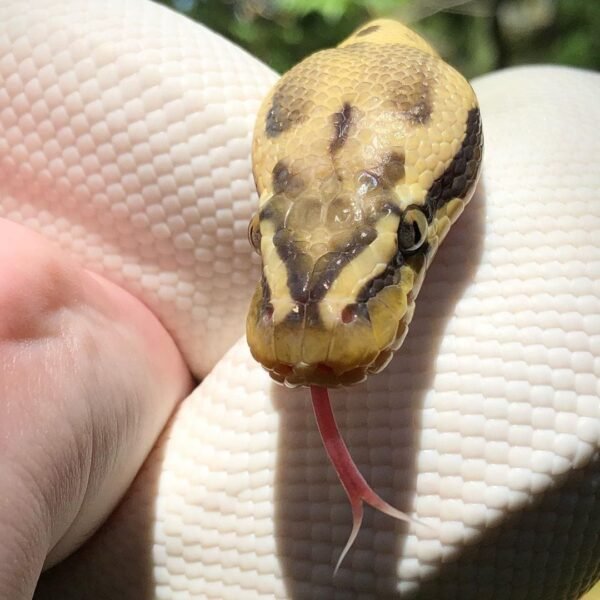
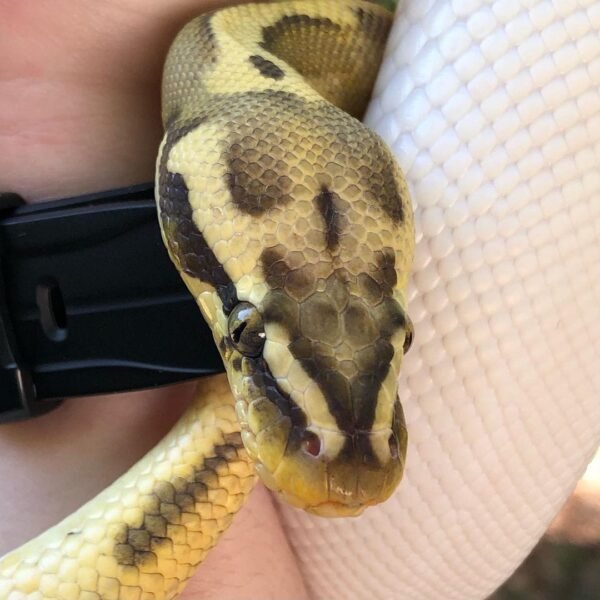

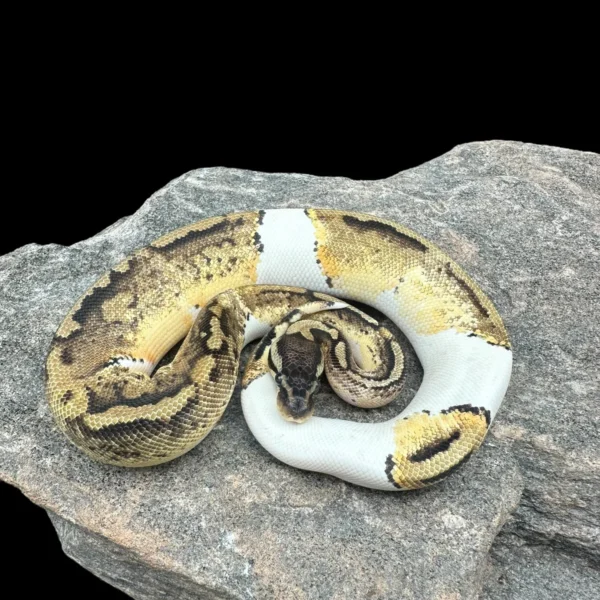
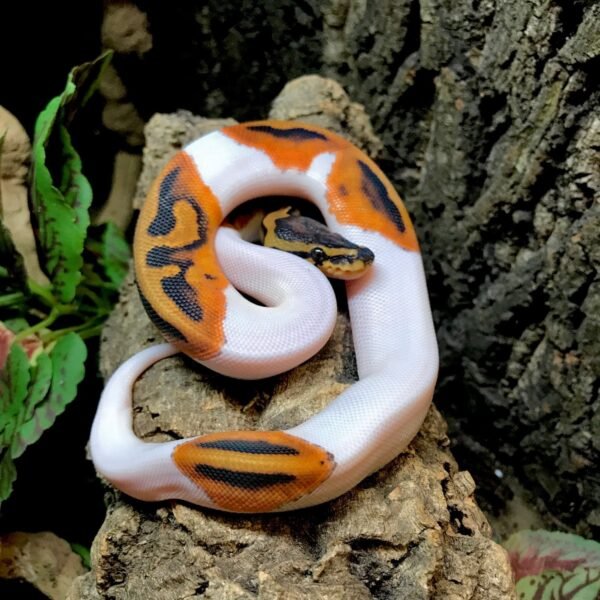

Reviews
There are no reviews yet.